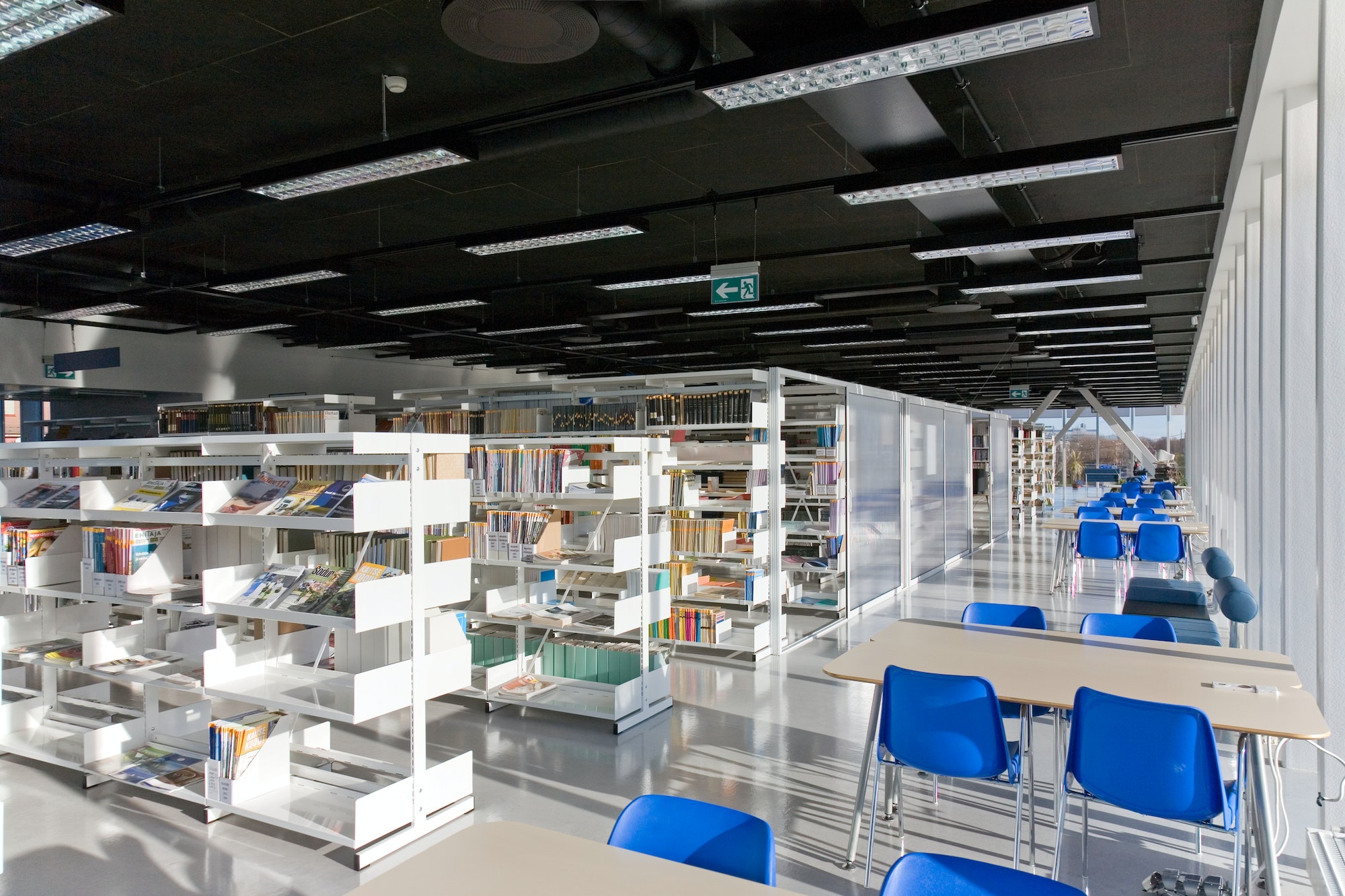Key Takeaways
- LED lights consume 75% less energy than traditional incandescent bulbs.
- Switching to LED can save the average household $225 in energy costs per year.
- Smart bulbs offer added control and energy efficiency.
- Dimming capabilities of LED lights can further reduce energy use.
- Utilizing natural light can enhance the role of LED lighting.
- Regular maintenance, like cleaning fixtures, boosts efficiency.
- Timers and motion sensors can help manage when lights are on.
Ah, the age-old battle with energy bills. It’s like playing whack-a-mole; you smack one down and another pops up, smiling smugly at your wallet. But worry not, home improvement warriors! If you’re seeking a way to zap energy bills with LED lights, you’re in for a shimmering treat.
LED lights are like the superheroes of illumination. They don capes of energy efficiency and can save you money while transforming your home into a shimmering haven. They might not leap tall buildings in a single bound, but switching to LED lights can help your budget jump for joy!
The Power of LEDs: Why They Shine Brighter
Before we dive into the dazzling hacks, let’s shed some light on why LED lights are the flickering champions of energy efficiency. According to the U.S. Department of Energy, LED lights use at least 75% less energy than traditional incandescent bulbs and last 25 times longer. That’s like switching from a tortoise to a hare—in less time, they illuminate more spaces!
Here’s a snazzy table of facts regarding energy consumption:
| Light Source | Lifetime (Hours) | Energy Usage (Watts) | Average Annual Cost |
|---|---|---|---|
| Incandescent Bulb | 1,000 | 60 | $8 |
| CFL | 10,000 | 13 | $1.65 |
| LED | 25,000 | 10 | $1.20 |
As you can see, switching to LEDs not only extends the light’s life but also dramatically reduces electricity usage and costs. Sounds like a no-brainer, right?
Brilliant Hacks to Amp Up Your Savings
Utilize Smart Technology
Why not let your lights do the thinking for you? Smart bulbs can be controlled from your phone or even by your voice. Some of these wonder bulbs can dim or change colors—quite the party trick! Just imagine telling Alexa to lighten the mood while also lightening your energy bill.
Explore Dimming Options
Another electric hack is using dimming features. By reducing the brightness, you cut down on energy consumption. Plus, who doesn’t like a cozy, dimly lit setting for movie night? It’s all in the ambiance, darling!
Embrace Natural Light
Why rely solely on artificial lighting when Mother Nature shines so brightly? Open those curtains and let in the sunshine. You’ll not only reduce your need for electricity but also improve your home’s cheerful vibes. Fun fact: A well-placed mirror can help bounce that natural light around, illuminating even the darkest corners!
Keep Fixtures Clean
A little elbow grease never hurt anyone! Dusty bulbs and fixtures can reduce illumination by up to 20%. So, grab a feather duster and give those lights a shining moment. Your LEDs will thank you—plus, a clean fixture looks great!
Use Timers and Motion Sensors
Energy vampires lurk in unexpected places, like that hallway light that’s on even when no one is home! Install timers or motion sensors to ensure your lights are only on when needed. This is the ultimate “out of sight, out of mind” strategy.
LED Lighting in Unique Spaces
Now, don’t stop at the living room. Use LED lights in closets, garages, and even under cabinets! They add a fabulous touch everywhere and keep energy bills in check.
Take Advantage of Rebates and Discounts
Lastly, check for local power company incentives on LED purchases. Sometimes, they’ll pay you to use energy-efficient lights. It’s the only time you’ll be rewarded for being “bright.”
Recent Research Insights
Recent studies from the American Council for an Energy-Efficient Economy (ACEEE) reveal that residential lighting accounts for about 10% of a household’s electricity consumption. With the rise of LED technology, consumers can expect substantial annual savings. A study estimates that if every American home replaced just one light bulb with an LED, the country would save $110 million in electricity costs yearly! That’s money that can be spent on much more fun things—like pizza!
Closing Thoughts: It’s Time to Shine!
Switching to LED lights is more than just a step towards better energy efficiency; it’s a leap into a brighter, more sustainable future. Na-na-na-na-na-na-na-na, it’s just like Batman without the bat suit!
So, whether you embrace smart bulbs or simply clean those fixtures, remember that every little effort adds up. Those tiny, twinkling savings will accumulate faster than you can say “money in the bank.” Lighten up your energy load and watch your bills shrink!
FAQs
| Question | Answer |
|---|---|
| How much can I save by switching to LED lights? | On average, a household can save over $225 per year by switching completely to LED lighting. |
| Do LED lights really last longer? | Yes! LED bulbs can last around 25,000 hours compared to just 1,000 hours for incandescent bulbs, making them a long-lasting option. |
| Can I use LED lights outdoors? | Absolutely! There are LED bulbs specifically designed for outdoor use that can withstand weather conditions while providing significant energy savings. |
Discover more from Futurist Architecture
Subscribe to get the latest posts sent to your email.
![modern apartment [article_title]](https://www.futuristarchitecture.com/wp-content/uploads/2025/03/7-Electric-Hacks-to-Zap-Energy-Bills-With-LED-Lights.jpg)


